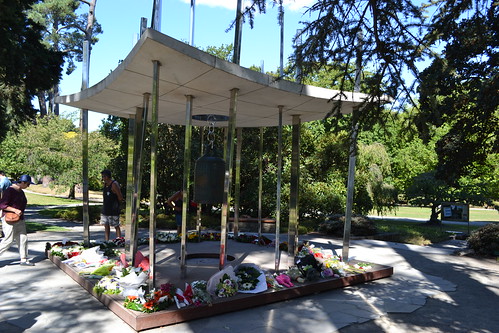 Christchurch City Libraries blog hosts a series of regular podcasts from specialist human rights radio show Speak up – Kōrerotia. This show is created by Sally Carlton.
Christchurch City Libraries blog hosts a series of regular podcasts from specialist human rights radio show Speak up – Kōrerotia. This show is created by Sally Carlton.
One of the major human rights problems facing the world today, human trafficking is a growing – and worldwide – problem. Ralph Simpson from NZ-founded anti-trafficking organisation Nvader, Nikki Prendergast and Michelle Pratt, founders of NZ group Child Labor Free, and anti-trafficking researcher Christina Stringer (the Human Trafficking Research Coalition – ECPAT NZ, Hagar NZ, Stand Against Slavery, and The Préscha Initiative), join Sally to talk about the issue, and our responsibilities in this sphere.
- Part I: What is human trafficking and who does it affect?
- Part II: Scale of the problem; motivations for engaging in trafficking
- Part III: Anti-trafficking measures; what success?; prosecutions, including 2016 prosecution in NZ
- Part IV: Systems in place to protect victims; suggestions
Transcript – Human trafficking
Find out more in our collection
- Find titles Human Trafficking
- Find titles on Forced Labour
- Find titles on Slavery
- Find articles about Human Trafficking (access with your library card & password / PIN)
- Find streaming video about Human Trafficking (access with your library card & password / PIN)
More about Speak up – Kōrerotia
- Speak up – Kōrerotia on Facebook
- Contact the host of the show via speakupkorerotia@gmail.com.





















